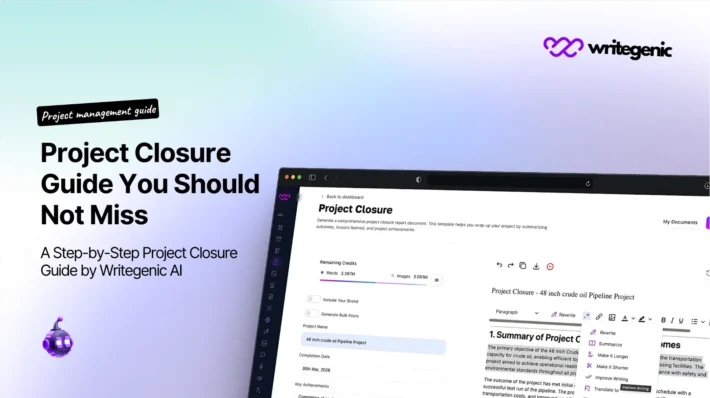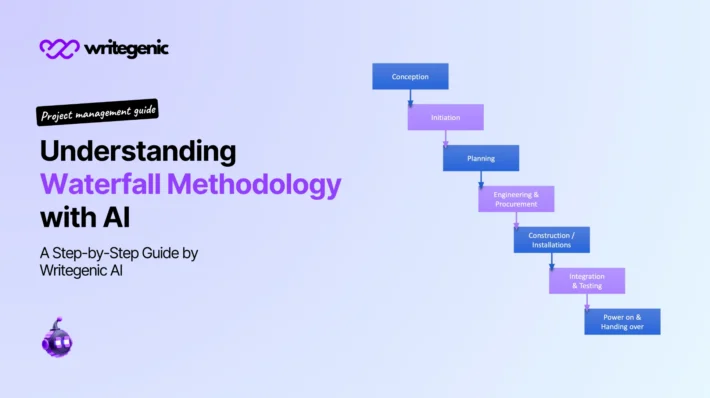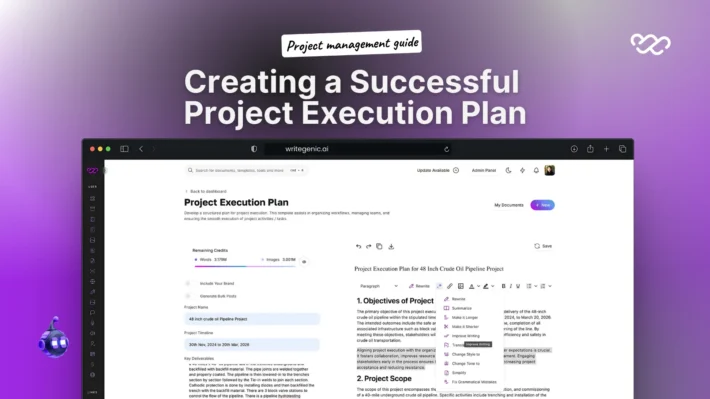A Complete Guide to Project Planning and Scheduling
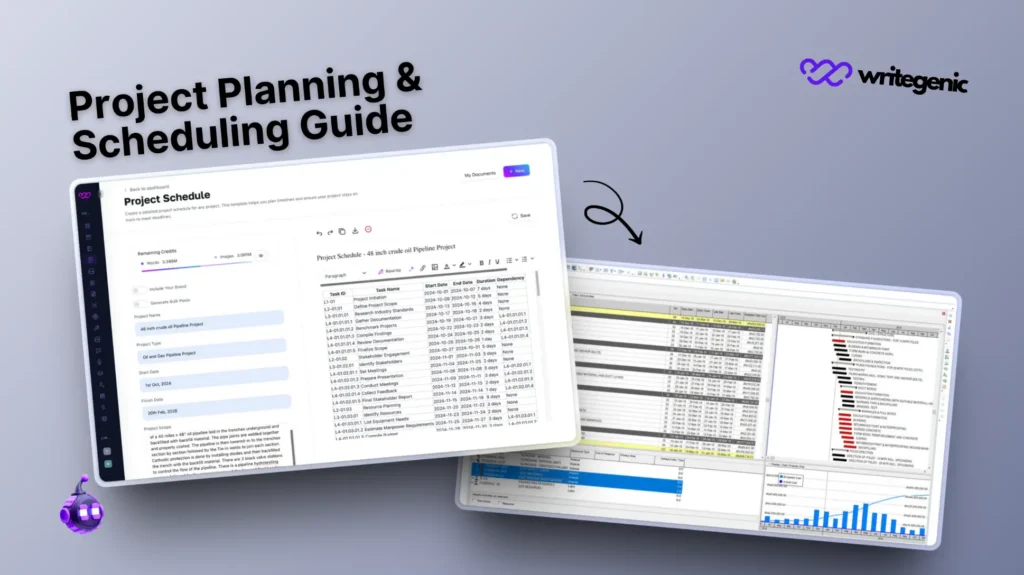
Project planning and scheduling plays an important role in making the project successful. At the end of this guide, you should have a thorough understanding of why project planning and scheduling is important and how you can do it effectively.
As an experienced project manager or one who has just started his or her path toward project management, learning the intricacies of project planning and scheduling can take a project far and in the right direction. Once you have a structured plan, you will have a chance to predict the difficulties, resource allocation, and to keep your employees on track, which will guarantee on-time execution of the project deadline and a surpassing target.
Following some of the strategies that shall be covered in this guide, you will have all the knowledge that is necessary in formulating and implementing a well-tried project plan.
The statistics show that proper project planning can bring up the success levels of the projects by 25% whereas almost 60% of project managers think that enhanced planning and scheduling is directly proportional to a successful project.
As these figures show, it is advantageous to be precise in your planning procedure. With an average of respectively 45% and 36% drop in project hitches and total project costs, organizations that adopt rigorous project planning and structuring schedules have reported immense improvements in meeting project deadlines as well as lowering the total cost of the entire project.
Knowledge of the critical nature of project planning and scheduling goes beyond becoming a time-deliverable project; it can be translated into the improved management of resources, improved collaboration in teams, and improvement of project stakeholder satisfaction.
Table of Contents
Preview of Project Planning and Scheduling Guide
It is vital to understand the reason behind the importance of these components prior to starting involvement in Project Planning and Scheduling. This introduction marks the concepts and principles which form the basis of good project management. These principles are the key to a successful project and when understood well they may be the basis of an effective project.
After a critical analysis of project objectives, resources, and schedules, you will be positioning yourself to succeed. Clear and transparent communication within the team members would lead to a team oriented environment. This introductory point is also your launching pad in setting the objective of what you intend to accomplish with project planning and scheduling.
What is Project Planning and Scheduling?
Project planning is the process of setting the path to achieve the project goals concisely and effectively. It can be explained as the establishment of tasks, resource allocation, time estimation, and the determination of possible risks. Project scheduling, on the other hand, is concerned with aligning project activities in a rational sequence and giving them deadlines thus making sure the project runs on schedule.

The need to know the distinction between project planning and scheduling is important since both of the components go hand in hand in pushing projects ahead. Planning provides you with the why. Through scheduling, you are offered the when. Being good at both of them will give you the confidence to go through the complexities of projects.
Important Components of the Project Plan
- Goals or Objectives: Clear goals will enable all decision making.
- Resources: Human, financial and technological (Material) resources should be allocated effectively.
- Risk management: The steps of identifying risks during the planning phase will aid in coming up with mitigation measures.
What Scheduling Involves
- Task Sequencing (Activity Sequencing): The logical sequence of the tasks will provide the effective working process.
- Timelines: Establishing adequate deadlines ensures existence of the project on schedule.
- Milestones: The PMI methods allow the indication of major milestones to measure progress.
Importance of Planning and Scheduling in Project Management
Good project planning and scheduling are the backbone of project management. They precondition whatever is going to be, when it is going to be and how it is going to be. In the absence of planning, it is very easy to forget project objectives, schedules and budgets.
In addition, good project planning and scheduling improves the stakeholder communication. They give guidelines to discussions, status updates, and feedback, so that each person is brought on board. This compatibility translates to better accountability and project results in the end.
Benefits of Effective Planning and Scheduling
- Maximizes Efficiency: It ensures that resources are utilized optimally.
- Reduces Costs: Fewer delays translate to reduced project expenses.
- Increases Success Rates: A well-structured project is more likely to succeed.
Consequences of Poor Planning
- Increased Risks: The absence of planning elevates risks substantially.
- Budget Overruns: Poor management often leads to unexpected costs.
- Project Delays: Unclear task priorities can stall progress.
Key Components of Project Planning and Scheduling
In order to get into the details of project planning, it would be important to know the main parts of it. All the parts form an ultimate plan that can cover all the areas of a project, and it becomes simple to know what progress is made.
The stakeholder analysis is one of the most basic elements. The presence of an interest in the project and expectations of the said individuals will dictate your planning. Also the distribution of resources should be analyzed well to avoid bottlenecks during implementation.
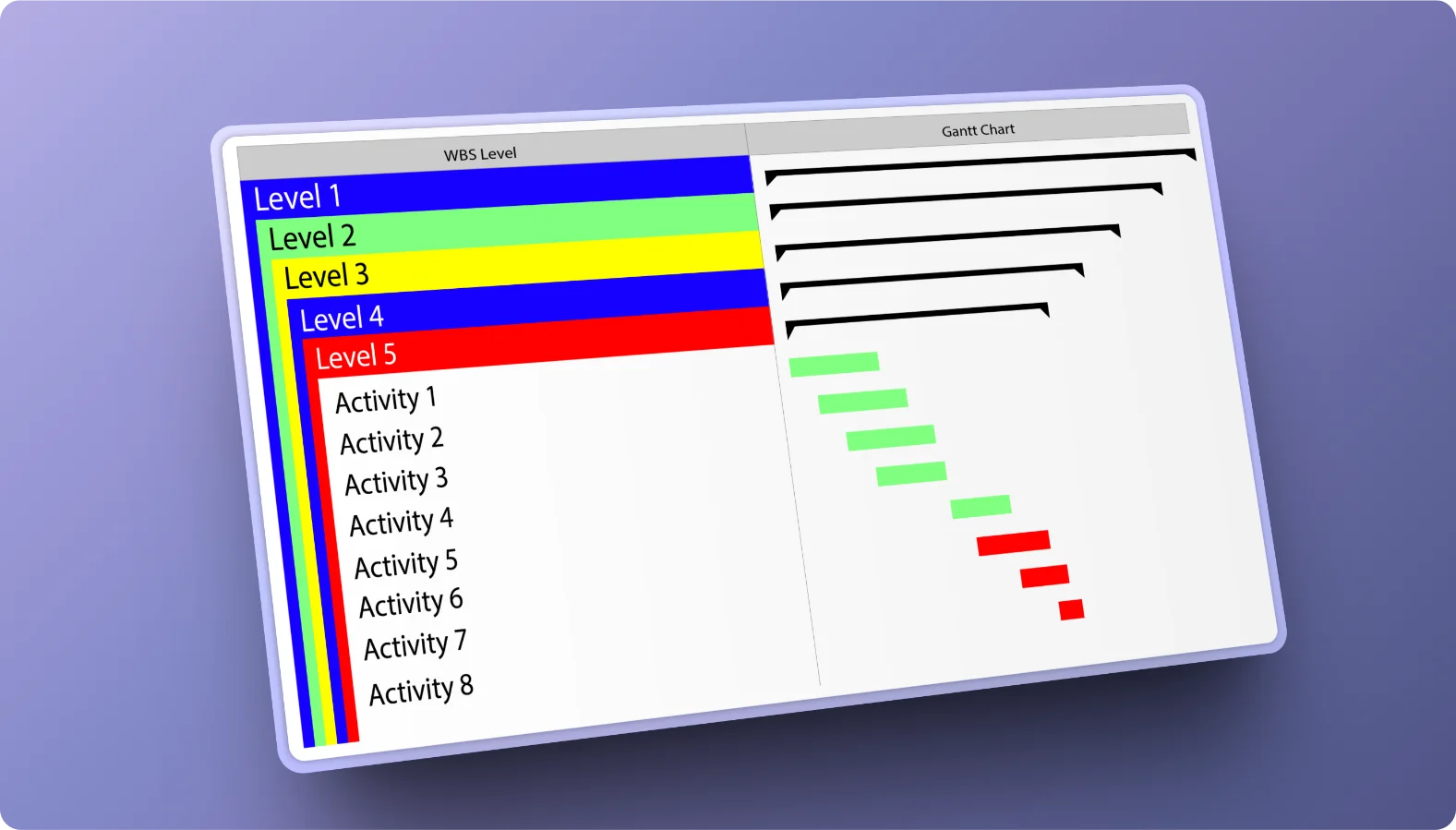
Components that Drive Successful Planning
- Gantt Charts: Visual aids that demonstrate timelines and tasks.
- Stakeholder Analysis: Identifying and understanding stakeholder needs.
- Resource Allocation Plans: Detailed plans for distributing resources effectively.
Why Components Matter
- Holistic View: Ensures all parts are accounted for.
- Informed Decision-Making: Drives data-based decisions during planning.
- Flexibility: Prepares you for changes and adjustments during the project lifecycle.
Steps to Create an Effective Project Schedule
A project schedule has to be planned and executed with care. First of all, clarify milestones and deliverables. These are progress controls through the project period.
Second, divide bigger tasks into small steps that can be taken. The granularity assists in the measurement of progress. Providing a timeline will enable you to see deadlines and this means that you will adopt an organized mode.
Steps for Successful Scheduling
- Define Milestones: Establish key project phases.
- Break Tasks Down: Smaller tasks are easier to manage.
- Estimate Duration: How long will it realistically take to complete tasks?
Tools for Scheduling
- Software Applications: Tools like Microsoft Project or Trello can help visualize timelines.
- Spreadsheets: Simple yet effective for smaller projects.
- Task Management Apps: Encourage team collaboration and updates.
Generate a Project Planning and Scheduling Draft in Minutes Using WriteGenic AI
Building a comprehensive project planning and scheduling draft manually can be time-consuming and prone to errors. WriteGenic AI streamlines this process by generating a professional draft in table format within minutes. Follow the following steps:
- Open Project Schedule Template from your Dashboard.
- Enter your project details
- Set the creativity Level & Hit generate
In a few minutes, your draft schedule ready in a table format which you can further implement in to your project controls / project management software i.e., Primavera P6, MS Project, Asana, Jira, or Monday.com.
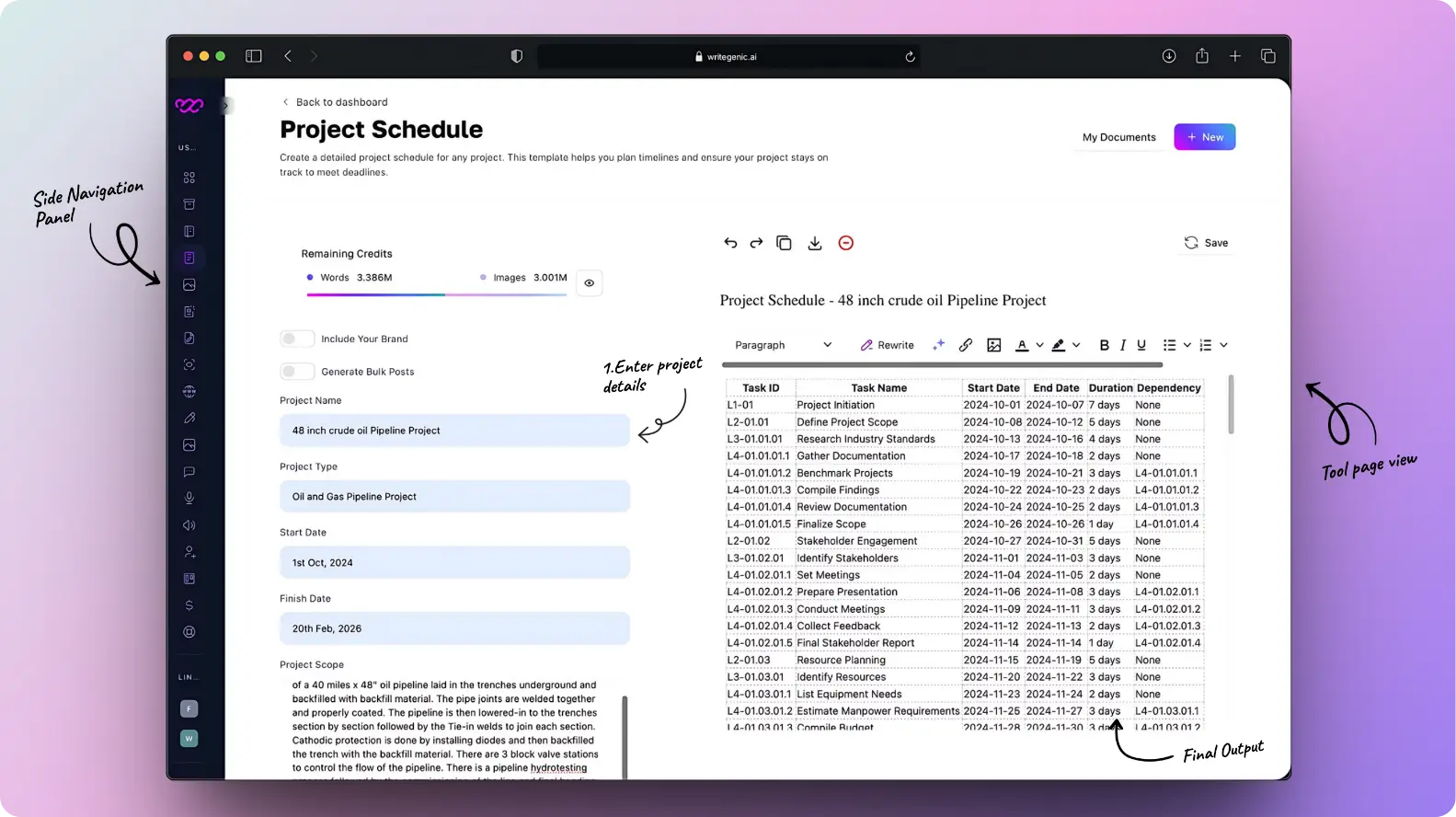
By using WriteGenic AI, project managers can save time, improve accuracy, and maintain consistency across all documentation. This approach ensures that your project planning and scheduling process is efficient, reducing delays and enhancing overall project success.
Advanced Planning and Scheduling Benefits
The inclusion of superior planning methods improves your project management skills. Other techniques such as Critical Path Method (CPM) and Program Evaluation and Review Technique (PERT) will enable a project manager to maximize scheduling of a project.
By making advanced planning, the project managers can better set in anticipation of risks and better allocation of resources. Such an active approach is associated with less complicated operations, and in the end, higher productivity.
Benefits of Advanced Techniques
- Optimized Resource Management: Ensures that resources are allocated based on task priority.
- High-Quality Outputs: Reduces the likelihood of errors during execution.
- Continuous Improvement: Analysis of previous projects unlocks learning for future efforts.
Examples of Advanced Tools
- CPM Charts: Illustrate task dependencies and resources.
- PERT Diagrams: Help estimate task completion times and identify critical tasks.
- Agile Methodologies: Encourage flexibility in scheduling and adaptability to changes.
Tools and Techniques for Project Planning and Scheduling
In order to be able to implement planning and scheduling successfully you have a wide variety of tools and methods that you can rely on. Project managers continue to use software applications because they are easy to use, and they are feature-rich.
Project management tools have the potential to help to manage tasks, track their progress and coordinate. Moreover, Agile and Scrum and other related methods foster dynamic planning and flexibility, which can be described as indispensable tools of contemporary project management.
Popular Project Management Tools
- Oracle’s Pimavera P6: The most used project planning and scheduling software in the world.
- MS Project: A microsoft’s tool to plan and schedule your projects.
- Asana: Great for task management and team collaboration.
- Jira: Excellent for software development projects requiring Agile methods.
- Trello: A visually appealing option for tracking progress on tasks.
- Writegenic AI: Perfect for creating draft project schedules instantly.
Techniques to Explore
- SWOT Analysis: Helps identify strengths, weaknesses, opportunities, and threats.
- Work Breakdown Structure (WBS): Breaks down projects into manageable sections.
- Kanban Boards: Allows for visual representation of task status.
Common Challenges in Planning and Scheduling
Each project is accompanied with its own challenges. Unexpected shortage of resources, variable project demands, these are just some of the challenges that must be navigated to keep projects on track.
One of the common issues that arise in relation to projects is the time management because of the uncertainties or risks involved. Planning directly relates to effective communication in teams as well, thus it becomes essential to find effective methods of keeping communication alive with a proper team collaboration planning.
Major Challenges to Consider
- Resource Allocation Issues: Limited or misallocated resources can delay projects.
- Scope Creep: Constant changes to project scope / objectives can derail timelines.
- Inadequate Risk Management: Failing to identify potential risks upfront complicates planning.
Overcoming Common Challenges
- Open Communication: Encourage team members to communicate early and often.
- Frequent Status Updates: Design regular check-ins to track progress.
- Flexibility in Planning: Allow for adjustments within the project plan.
Best Practices for Successful Planning and Scheduling
Following best practice can dramatically improve your project management method. Begin by defining your clear and realizable objectives that meet your project objectives in general.
It is also important to seek the feedback of your team as often as possible to streamline your planning and spot any problems early. Moreover, it is best to enforce the need to strike a correct balance between being thorough and flexible because this will come in handy during project success.
Key Best Practices
- Set Realistic Timelines: Ensure deadlines are achievable.
- Continual Learning: Review past projects for feedback and improvements.
- Documentation: Keep comprehensive records of decisions, changes, and milestones.
Examples of Best Practices in Action
- Weekly Team Meetings: Regular check-ins keep everyone informed.
- Using Templates: Pre-designed templates save time and ensure consistency.
- Incorporating Feedback Loops: Adjust plans as needed based on team insights.
Final Thoughts
In short, project planning and scheduling plays a sure role in determining the successful flow of projects and its success. Knowing the theory and tips to achieving such a better project manager presented in this guide, you can better position yourself as a project manager. Note that you only can achieve success because of careful planning but also, because of your responsiveness and your capacity to adapt to emerging situations.
When you initiate project management endeavors, have the spirit of going about it no matter how with confidence and acceptance. The presented in this chapter tools and strategies will not only guide you to achieving the project goals but also enable better team-play and cooperation. To your successful scheduling and planning- may your projects be glorious!
FAQs About Project Planning and Scheduling
What is project planning and scheduling?
Project planning is a process to determine the objectives, scope and resources of a project whereas scheduling is planning the project and forms the task of task comprising of timeline with deadlines and dependencies to influence the smoothly.
Why is project planning critical?
It brings transparency, enhances distribution of resources, minimizes risks and keeps the projects on budget and on schedule.
How can I improve my project scheduling?
Provide specific plans and task analyses, use the reasonable timeline, proper and effective tools such as Gantt charts and keep schedules up to date and consistent.
What is the difference between Agile and Waterfall project planning?
Agile is flexible, and emphasizes iteration to a continuous improvement of the end product, which is ideal in the case of evolving projects, whereas Waterfall is fixed and linear, and is ideal in the case of highly defined projects.
